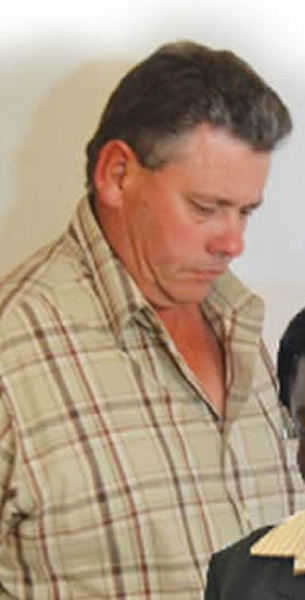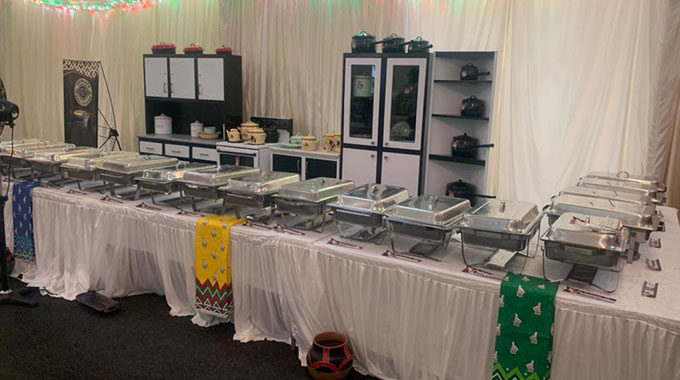Festival to celebrate Jerusarema Mbende dance
Nhlalwenhle Ngwenya
Showbiz Correspondent
ALL is set for the Jerusarema Mbende Dance Festival taking place in Murewa at the Culture Centre over the weekend.
The festival, held to preserve the Mbende Jerusarema dance and to promote awareness of the value of the dance, will start on Friday, ending on Saturday with an array of activities lined up. On Friday, a Jerusarema Mbende dance competition will be held with 20 schools fighting for the top 10 positions. The shortlisted 10 will compete for the top post on Saturday.
Entertainment at the festival will be provided by traditional dance groups, Angola Dance Troupe, Musapingura from Chipinge, Ngomadzepasi and Reshon Mbende Arts Laboratory. Registered visual associations will also exhibit traditional food as well as instruments and costumes such as drums, mbira and rattles among others especially for Jerusarema Dance.
Apart from the schools competition, an interactive workshop for traditional dance teachers, themed Traditional Dance as Pivotal in Intangible Cultural Heritage (ICH), has been arranged for Friday.
Festival organisers – the National Arts Council of Zimbabwe (NACZ) – said the thrust of the workshop would include discussions on the role of traditional dance in communities, understanding ICH, link between traditional dance and ICH including ICH inventorying in communities among other issues.
“(NACZ) takes pride in ensuring that the Murewa and Uzumba Maramba Pfungwe communities greatly benefit from the festival. Some of the benefits include more than 50 percent of the participating acts coming from both communities as well as service providers,” NACZ spokesperson, Catherine Mthombeni said.
Mbende Jerusarema Dance was proclaimed a masterpiece of the Oral and Intangible Heritage of Humanity with Murewa Culture Centre acting as the reference place for safeguarding purposes. It is performed by the community of Murewa and Uzumba Maramba Pfungwe (UMP) in the North Eastern Districts of Zimbabwe. The ancient fertility dance was called dembe or mbende, a Shona word for “mole” which signified fertility and hence the dance became very popular with the locals.










Comments